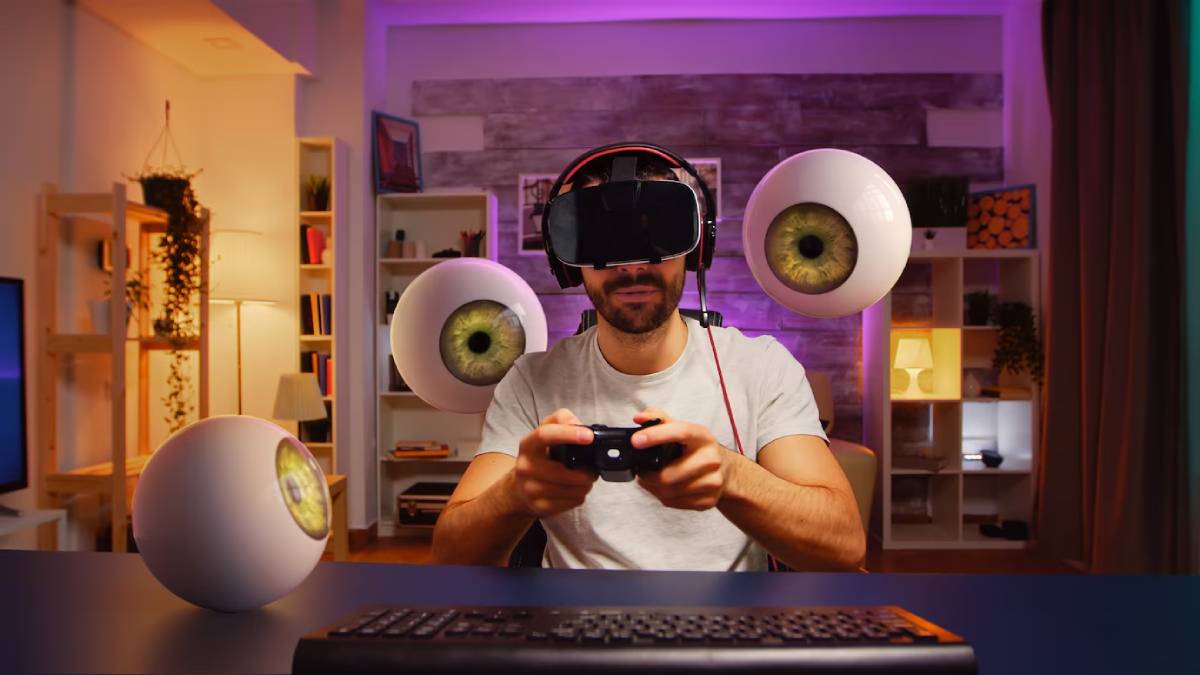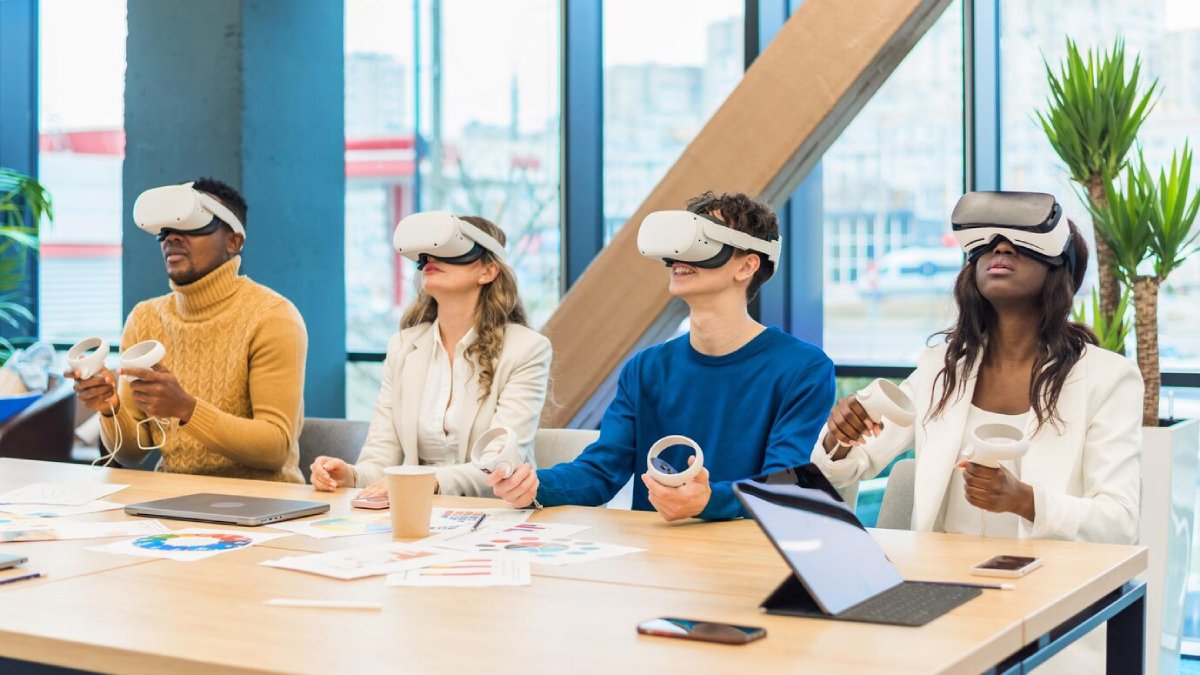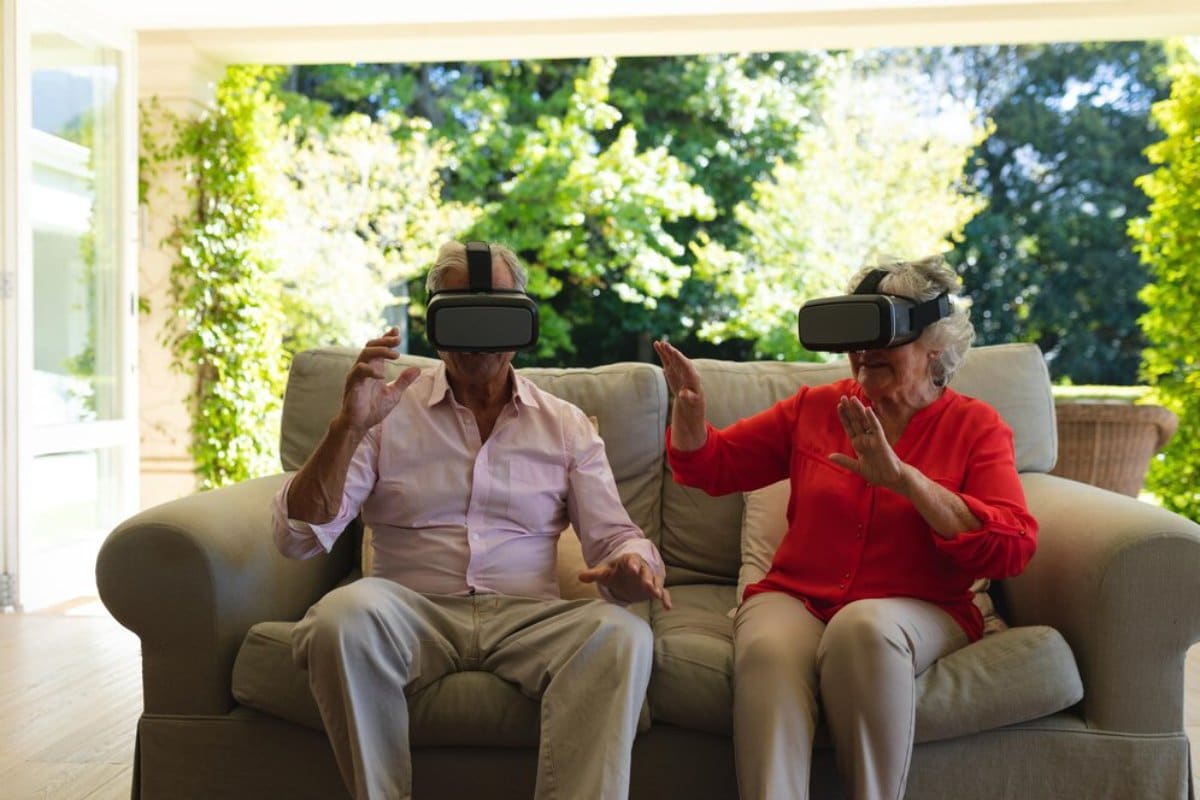
VR Tourism for Seniors and Mobility-Limited Travelers
Travel expands our minds, lifts our spirits, and links us to a world beyond daily life. For many seniors and people with limited mobility, traditional travel can be tough. Health concerns, accessibility issues, and financial limits make it hard.
Enter VR tourism, a powerful alternative that makes exploration possible without leaving home. Accessible VR travel uses immersive visuals, spatial audio, and interactive storytelling. This technology changes how older adults and those with mobility issues experience the world.
This article looks at how VR tourism is growing for the elderly. It discusses the perks of virtual tours for those with limited mobility. Also, it highlights the technology that makes it all happen.
Why Traditional Travel Isn’t Always an Option
The desire to travel doesn’t fade with age, but the ability often does. Mobility issues, chronic illnesses, and fatigue from ageing can make flights, long walks, or exploring new places stressful or risky.
Common travel barriers include:
- Limited stamina or physical strength
- Accessibility challenges in public spaces
- Travel anxiety or cognitive conditions (e.g. dementia)
- Financial limitations post-retirement
- Fear of falling or injury in unfamiliar places
For many, these challenges result in isolation and a narrowing of experiences. VR tourism provides a respectful and fun way to explore the world—on their own terms.
What Is VR Tourism?
VR tourism uses headsets or mobile platforms for immersive travel experiences. Users can:
- Walk through ancient ruins in Rome
- Sail past glaciers in Alaska
- Tour art galleries in Paris
- Attend festivals or cultural ceremonies around the world
Some tours are pre-recorded with 360° video, while others are fully interactive 3D simulations. VR travel now includes guided narration, ambient sounds, and real-time chats with tour guides.
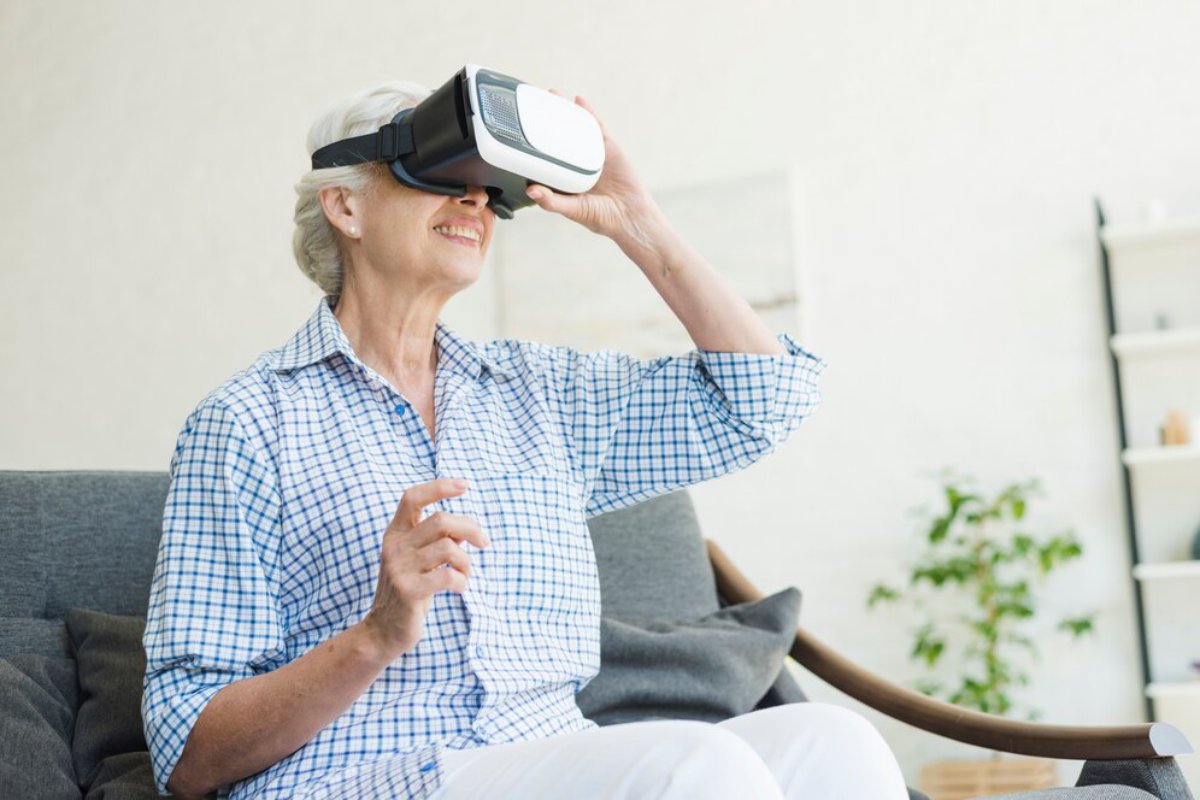
Key Benefits of VR Travel for Seniors and Mobility-Limited Users
1. Physical Accessibility
VR helps those with limited mobility visit places that are usually hard to reach. Steep stairs, cobbled streets, and crowded spots are no longer obstacles.
2. Mental Stimulation
Immersive, multi-sensory experiences can keep your mind active. They can also boost your mood and delay cognitive decline. It sparks conversation, curiosity, and memory recall.
3. Social Connection
Shared virtual travel can connect users with family members, friends, or other users. Many platforms offer group tours, allowing for shared experiences regardless of distance.
4. Emotional Wellbeing
The joy of discovering new places, revisiting past holiday destinations, or ticking off a virtual bucket list can provide a sense of purpose and satisfaction.
5. Safe Exploration
VR removes the risks of physical injury, travel delays, and exposure to infections. This is very important for people who are immunocompromised or have limited mobility.
Popular VR Travel Experiences for Seniors
Cultural Tours
- Explore UNESCO World Heritage sites like the Pyramids of Giza or the Taj Mahal.
- Visit museums such as The Louvre or The British Museum via virtual exhibitions.
Nature Escapes
- Stroll through national parks, coral reefs, or African safaris.
- Enjoy calming environments like Japanese gardens, waterfalls, or stargazing experiences.
Arts and Performance
- Attend a classical music concert, theatre performance, or cultural festival from the comfort of your home.
- Experience famous opera houses or open-air events.
Wellness and Relaxation
- Meditative journeys through calming environments—ideal for stress reduction or guided breathing.
Many of these experiences are designed specifically for seated users, making them ideal for those in wheelchairs or with balance limitations.
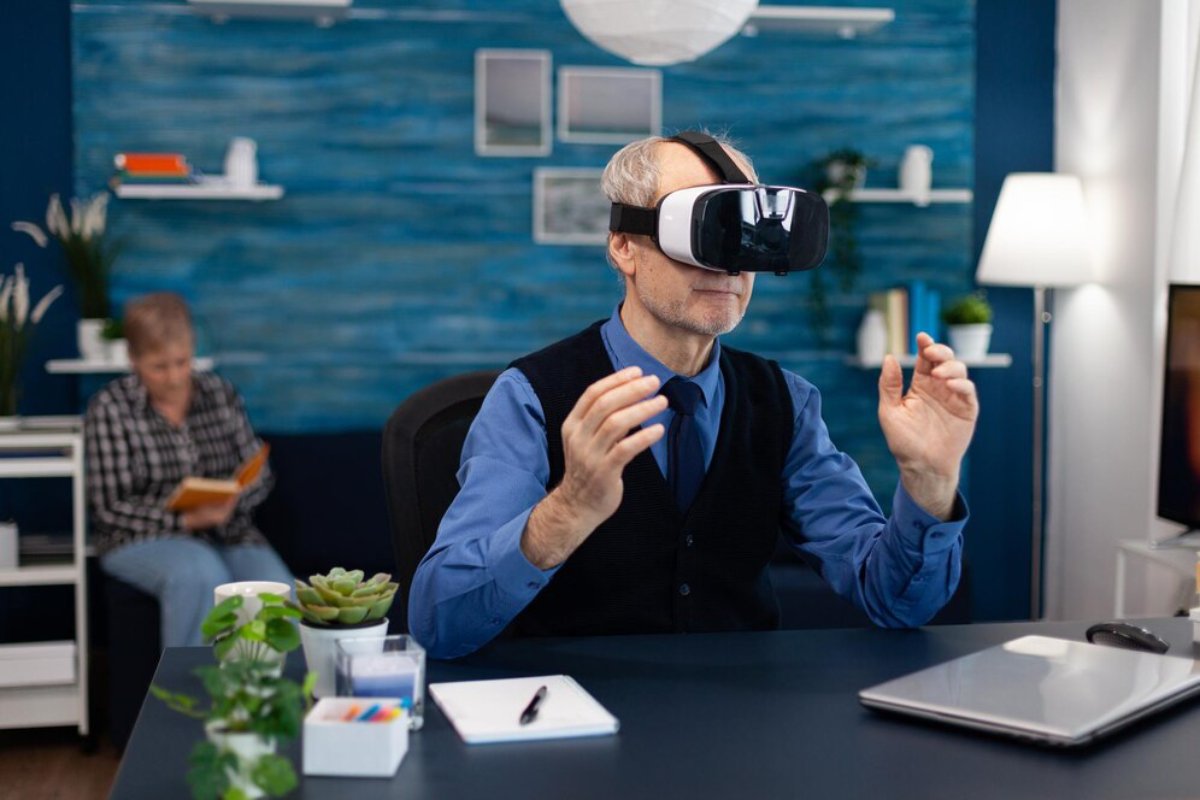
VR Platforms and Apps Designed for Accessibility
1. Rendever
A VR platform designed specifically for senior living communities. It includes:
- Travel experiences
- Reminiscence therapy
- Group activities and social features
2. Wander (Meta Quest)
A Google Street View–powered app allowing users to visit virtually any place on Earth. It’s ideal for self-guided exploration.
3. National Geographic Explore VR
Interactive and educational, this app takes users to iconic locations like Antarctica and Machu Picchu.
4. YouTube VR
Offers thousands of 360° travel videos—ideal for those without access to custom apps. Simply search for a location and enjoy a virtual walk-through.
5. Alcove
Created with families in mind, Alcove offers multi-generational VR experiences—including travel, games, and memory sharing.
These apps can be used with headsets like Meta Quest 2/3 or compatible mobile VR viewers, and many offer voice navigation and simple interfaces suitable for older adults.
Equipment Considerations: What You’ll Need
Setting up accessible VR travel doesn’t have to be complicated. Here’s what to consider:
VR Headsets
- Meta Quest 2 or 3: Wireless, standalone devices with a strong content ecosystem.
- Pico 4: Lightweight and user-friendly with a growing app library.
- Mobile VR viewers: Cardboard-style headsets for use with smartphones—more affordable but limited in features.
Seated Use and Comfort
- Ensure the user is seated comfortably with back support.
- Use a swivel chair if mobility allows, or adjust the VR environment to work with minimal head movement.
Ease of Use
- Pre-load apps and content for the user.
- Use controllers with simplified commands or hand tracking where available.
- Offer support for initial set up or schedule shared experiences with caregivers.
Making VR Tourism a Shared Experience
VR doesn’t have to be a solo activity. In fact, shared virtual tours can help combat loneliness and foster deeper connections.
Ideas to try:
- Host a weekly “VR travel club” in care homes or community centres.
- Pair seniors with family members for guided tours via platforms like Rendever or Alcove.
- Record family travel stories and share photos via VR storytelling apps.
These approaches allow seniors to not only consume content but also participate, reminisce, and connect.
Ethical and Emotional Considerations
While VR tourism can be transformative, it’s important to approach it with empathy and awareness.
Potential concerns:
- Motion sickness: Use seated experiences with minimal motion blur.
- Overstimulation: Offer shorter sessions and calm environments for users with dementia or anxiety.
- Emotional triggers: Some locations may evoke memories of lost loved ones or unfulfilled dreams. Supportive presence matters.
Always prioritise comfort, respect emotional reactions, and allow users to navigate at their own pace.
The Future of VR Travel for Elderly and Limited-Mobility Users
As technology advances, the potential of VR tourism for the elderly will expand further:
- Voice-controlled navigation and AI companions for personalised exploration
- Real-time 3D live streams from tourist destinations
- Haptic feedback for enhanced sensory engagement
- Integrated health monitoring for wellness-focused virtual experiences
With growing demand and better accessibility tools, VR could become a standard tool in eldercare and therapy—not just for entertainment but for emotional and cognitive enrichment.
Key Takeaway: Travel Without Boundaries
The world doesn’t have to shrink with age for seniors and mobility-limited individuals. Virtual tours for limited mobility offer freedom, engagement, and joy—without the physical strain of traditional travel.
By combining immersive technology with thoughtful design, accessible VR travel empowers users to explore the world on their own terms. It brings landscapes, cultures, and memories to life, creating a rich tapestry of experience that transcends physical boundaries.
In a time when connection and exploration feel more important than ever, VR tourism proves that discovery has no age limit—and no borders.
